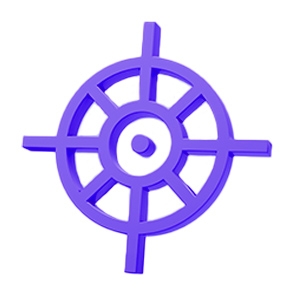A November 2021 Wall Street Journal article [subscription required] ruffled a few feathers when it recommended it might be time to pull the plug on the IT department. While that seems like a drastic move, the IT team does need to continue to work toward being a business partner, not just a technology partner. In other words, it’s not just about repairing laptops, updating software, and fixing printers anymore.
The relevance and necessity of technology was brought into clear focus during the pandemic. Associations turned to it immediately to keep their doors open, and suddenly no one had an excuse to claim ignorance or indifference about technology.
It underscored and validated a key trend: the democratization of technology, said American Speech-Language-Hearing Association Chief Information Officer Tori Liu, CAE. The pandemic accelerated technology literacy, and now there’s a lower tolerance for staff to say they don’t “get” technology.
“I don’t hear that anymore,” Liu said. “I always see staff rolling up their sleeves and diving in. I think we need to foster that culture.”
Technology Champions
The democratization of technology means that expertise does not exist solely within the IT department. Rather, there can be technology champions throughout the organization. “It doesn’t have to be someone with ‘technology’ or ‘information’ in their title,” Liu said.
No matter what department they’re in, these staff are advancing tech at the organization and have a future-focused mindset. They understand new technology that’s coming down the pipeline and how they can leverage it, along with the existing tech stack and how it can best be utilized to serve members.

